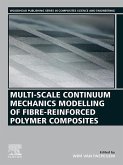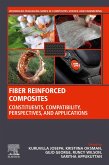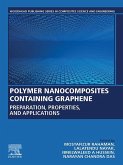Damping in Fiber Reinforced Composite Materials starts with an introduction to the basic concepts of damping in composite materials. Methods of modeling damping are then covered, along with recent developments in measuring techniques, both local, like polar scanning and global techniques like the Resonalyser method (based on measuring modal damping ratios of composite material plates). The effect of other factors, such as stress, strain-level, stiffness and frequency that need to be considered when determining damping behavior in composite materials are also discussed in detail.
Other chapters present a parametric study of a two-phase composite material using different micromechanical models such as Unified micromechanics, and Hashin and Eshelby's to predict elastic moduli and loss factors. A bridging model that incorporates the effect of fiber packaging factors is then compared to FEM results. Final sections cover the effect of the interphase on the mechanical properties of the composite, present a nonlinear model for the prediction of damping in viscoelastic materials, and provide practical examples of damping and principles of vibration control.
Other chapters present a parametric study of a two-phase composite material using different micromechanical models such as Unified micromechanics, and Hashin and Eshelby's to predict elastic moduli and loss factors. A bridging model that incorporates the effect of fiber packaging factors is then compared to FEM results. Final sections cover the effect of the interphase on the mechanical properties of the composite, present a nonlinear model for the prediction of damping in viscoelastic materials, and provide practical examples of damping and principles of vibration control.
- Introduces the basics of damping and dynamic analysis in composite materials
- Explains damping mechanisms in fiber reinforced composites and modeling principles
- Covers recent developments in measuring techniques for the identification of damping in composite materials
- Explains the use of a dynamic mechanical analyzer for predicting damping in composite materials
- Contains micromechanical studies, modeling of two and three-phase composites, and modeling of non-linear damping
- Includes experimental results that validate micromechanical models
Dieser Download kann aus rechtlichen Gründen nur mit Rechnungsadresse in A, B, BG, CY, CZ, D, DK, EW, E, FIN, F, GR, HR, H, IRL, I, LT, L, LR, M, NL, PL, P, R, S, SLO, SK ausgeliefert werden.









